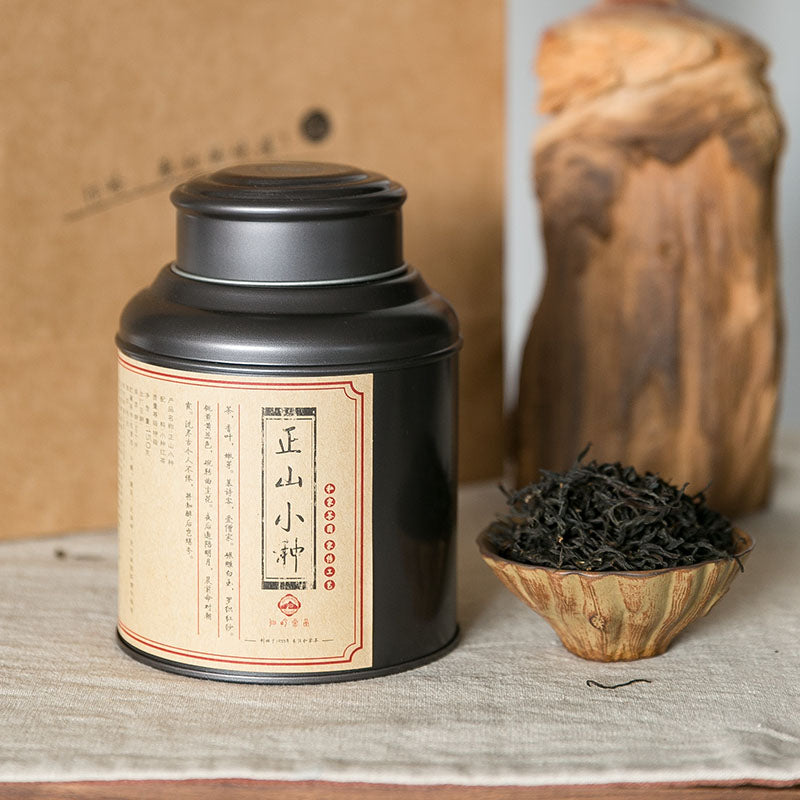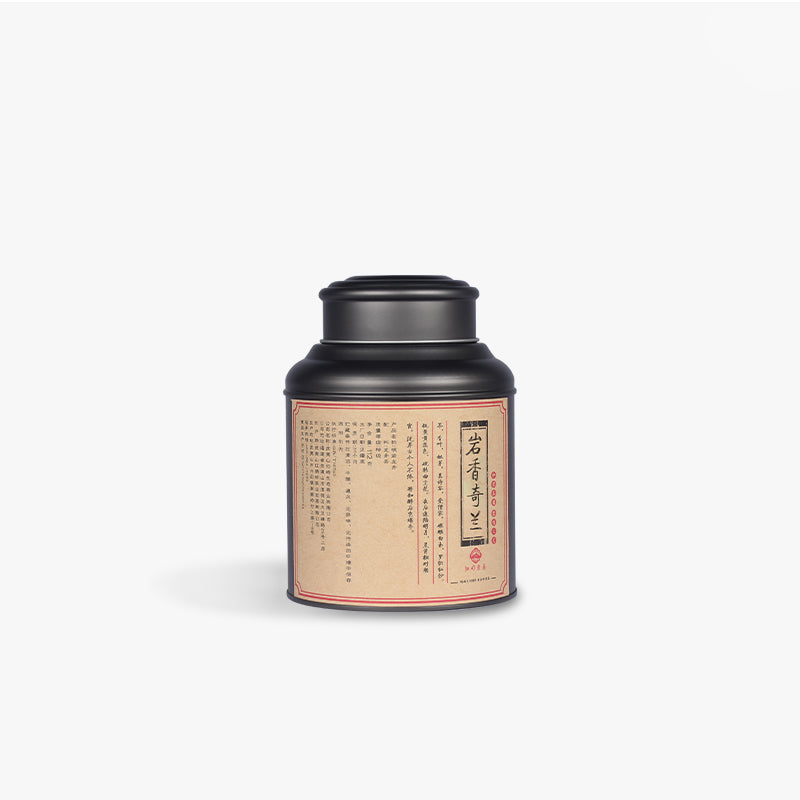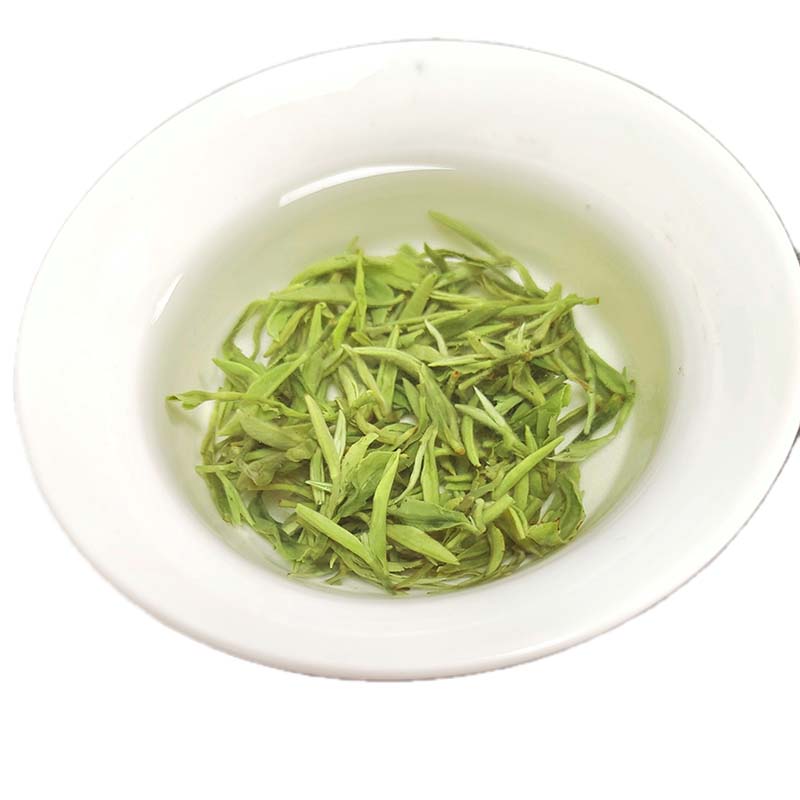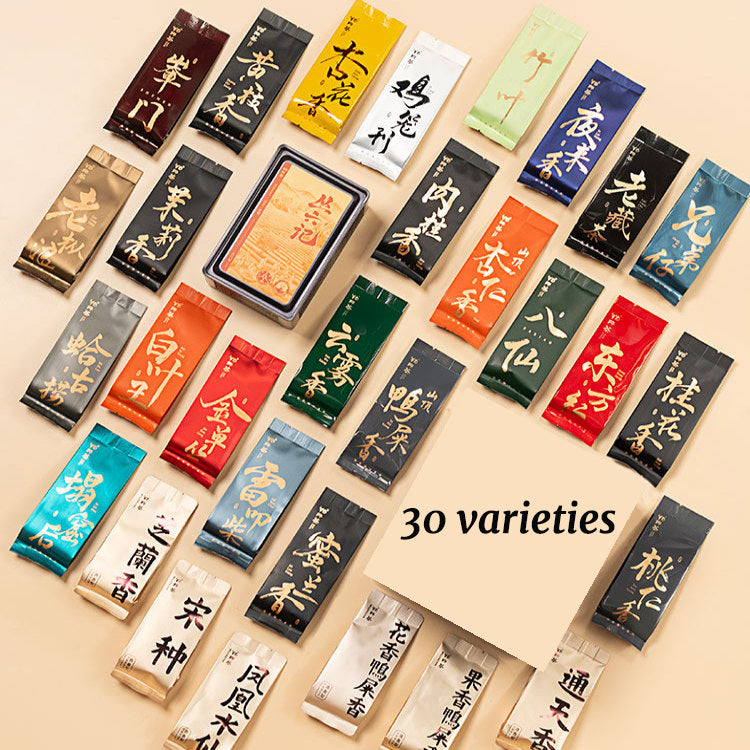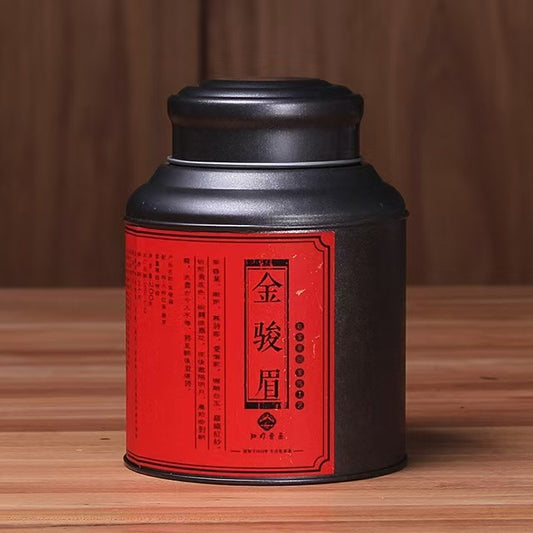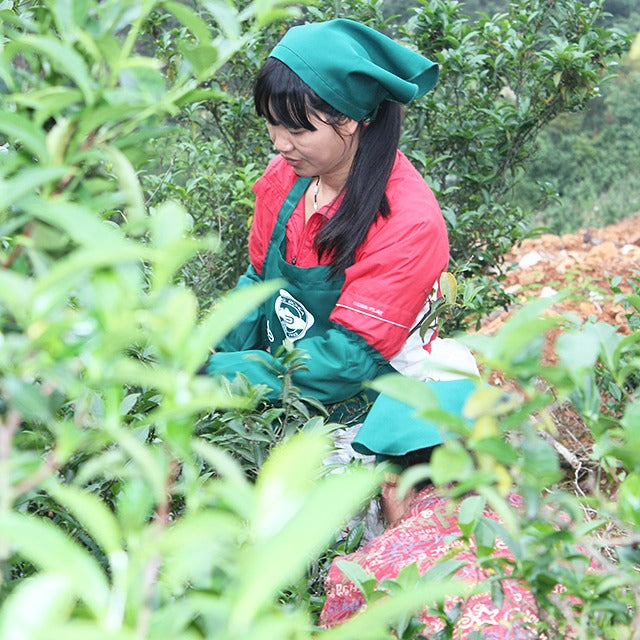Exploring the Allure of Nutty Teas
Exploring the Allure of Nutty Teas
When it comes to tea, the word "nutty" doesn't merely refer to flavor but evokes a whole sensory experience that dances somewhere between comfort and curiosity. If you've ever sipped a tea with a hint of roasted chestnut or toasted almond, you know the warmth and complexity that a nutty profile can bring. Today, we'll embark on a journey to understand this unique trait in teas and which varieties are known for their nutty characteristics.
One of the quintessential nutty teas is Hojicha, a Japanese green tea that has been carefully roasted to perfection. Unlike the more commonly appreciated vegetal flavors of other green teas, Hojicha's roasting process transforms these grassy notes into something more akin to roasted nuts and caramel. This transformation not only changes the flavor but also the aroma, filling your space with a comforting, warm, toasty scent reminiscent of autumn evenings. Hojicha's lower caffeine content makes it an ideal companion for any time of the day, allowing you to indulge without the jitters.
Longjing, or Dragon Well tea, from China's Zhejiang province, is another tea celebrated for its subtle nuttiness. One of the most revered green teas, it draws much of its intriguing profile from both the terroir and the traditional pan-frying method used in its production. This technique imparts a delicate chestnut flavor to the tea, paired with a smooth, slightly sweet finish. Enjoying a cup of Longjing is an homage to centuries of Chinese tea culture — imagine the ancient poets who likely savored its subtle complexity, contemplating life under the shade of a bamboo grove.
Then there's Oolong tea, particularly those from Taiwan, where the land nurtures teas that express a broad spectrum of flavors, including the nutty. Taiwan's Dong Ding Oolong, hailing from Nantou County, offers a harmonious balance of floral and nutty notes. The intricate fermentation and oxidation process develop these flavors, creating a tea that's both refreshing and grounding. The nutty undertones of a well-brewed Dong Ding can evoke memories of buttery pastries or the satisfying crunch of freshly toasted pecans.
Now, if you're considering bringing these delightful teas into your life, the brewing method is crucial to unlocking their nutty essence. For Hojicha, a slightly higher temperature than you might use for other green teas works wonders; around 175°F to 185°F allows the roasted qualities to shine without introducing bitterness. Longjing, however, calls for a gentle approach, brewed at around 160°F to 175°F, to preserve its delicate chestnut notes. With Taiwanese Oolongs, an initial rinse and multiple steepings at moderate temperatures unveil their full, complex flavor profile.
In the realm of tea, experiencing a nutty flavor is much like indulging in a rich narrative knitted with heritage and tradition. Each sip tells a story — of ancient artisans, diligent craftspeople, and the natural world interwoven with human creativity. Perhaps next time you brew a nutty tea, you'll pause a little longer to enjoy not just the taste but the journey of flavors that have traveled through time and across continents to meet your cup.

